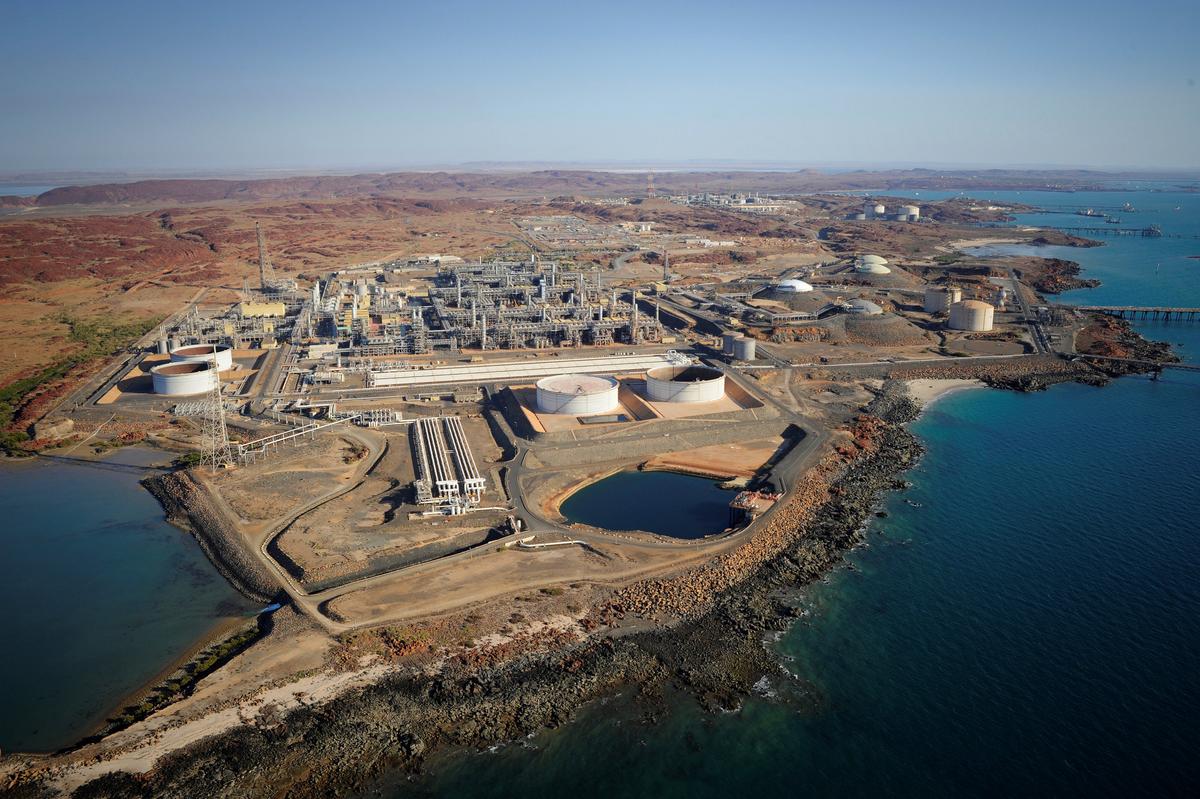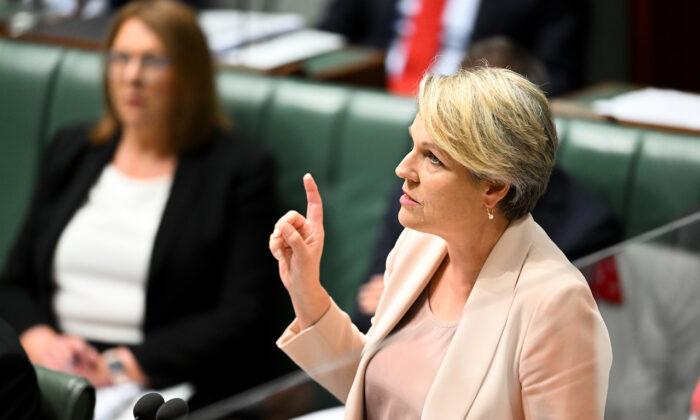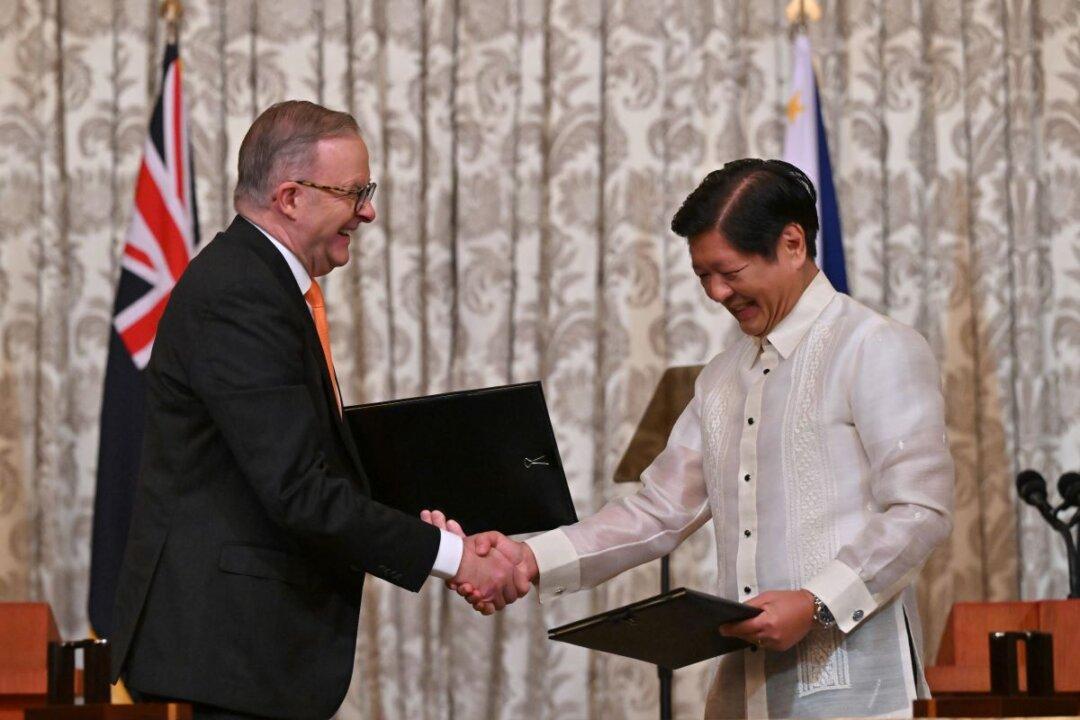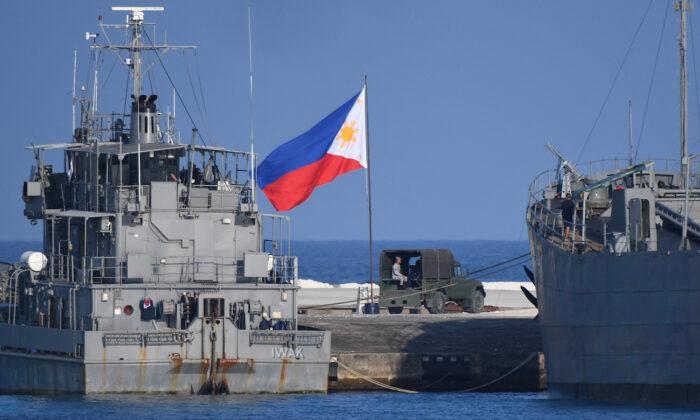Designed to familiarise newly elected members of the Australian Parliament and Senate on government policy, the briefing book also alerts MPs to international issues that could pose a risk to Australia’s national interests.
Included in the 45th issue of the briefing book is a report on Belt and Road written by Geoff Wade, a visiting fellow from the Australian National University.
Belt and Road is an Economic and Military Strategy
Alerting MPs to the phenomenon of “circular lending,” the brief spoke about how the Chinese Communist Party (CCP) uses Belt and Road projects to fund state-owned businesses.This means the CCP essentially funnells loans back into Chinese firms and leaves partner countries to pay high amounts of interest without the benefits of the fiscal stimulus to the economy.
When countries’ debts then become too much for them to repay China uses this as leverage to gain long-term control over infrastructure, natural resources, and land in countries that the CCP wants for its economic and military interests.
According to Wade, “It has been repeatedly noted in China that OBOR (One Belt One Road) is also intended as a regional security mechanism, and the future role of the People’s Liberation Army in protecting China’s OBOR facilities abroad has been widely discussed.”
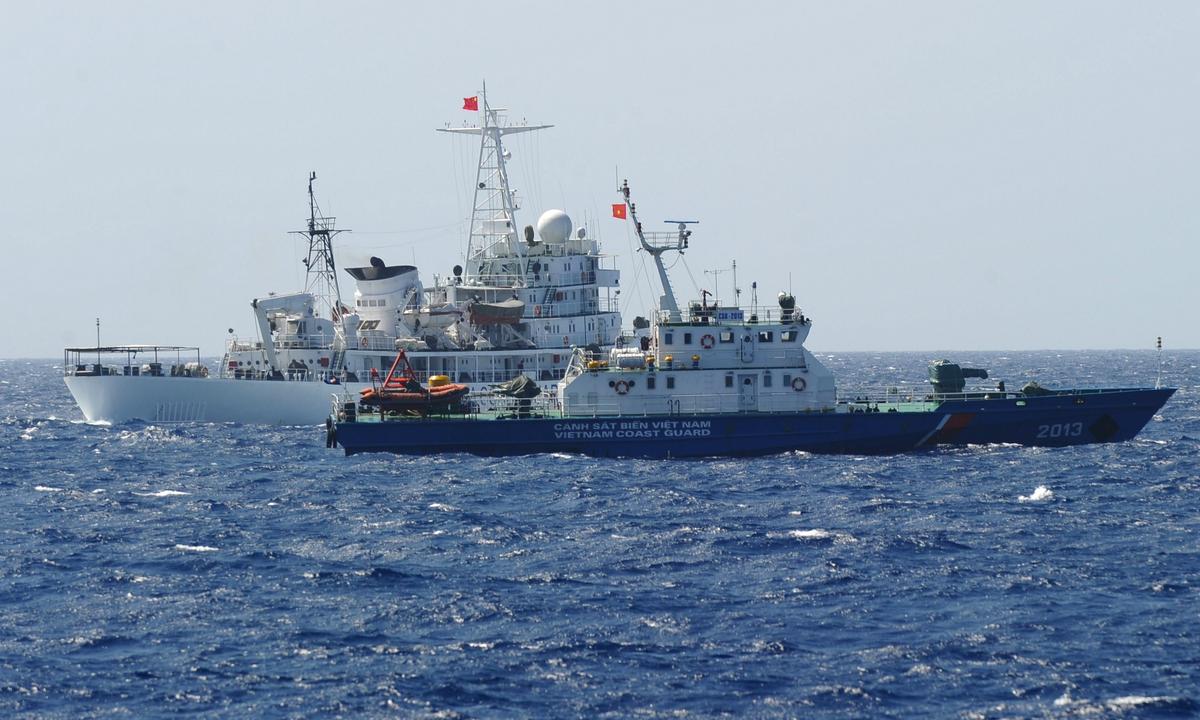
Australia More Cautious About Chinese Investment
Advising Australia to maintain a close watch on the Belt and Road Initiative around the world, the 2016 Parliamentary Briefing Book suggested that Australia take a more cautious approach to the Australia-China economic relationship.Since 2016, the federal government has blocked six Chinese investment bids for being against Australia’s national interest.

